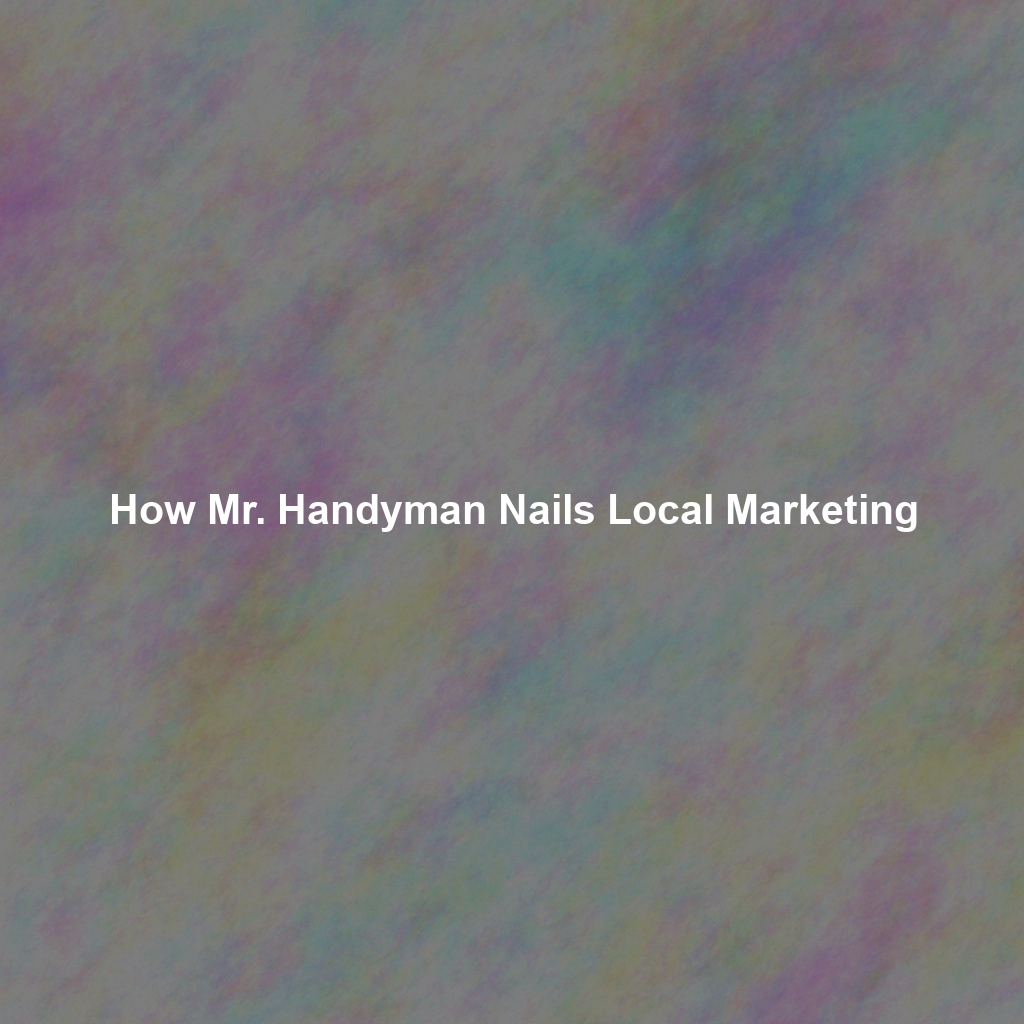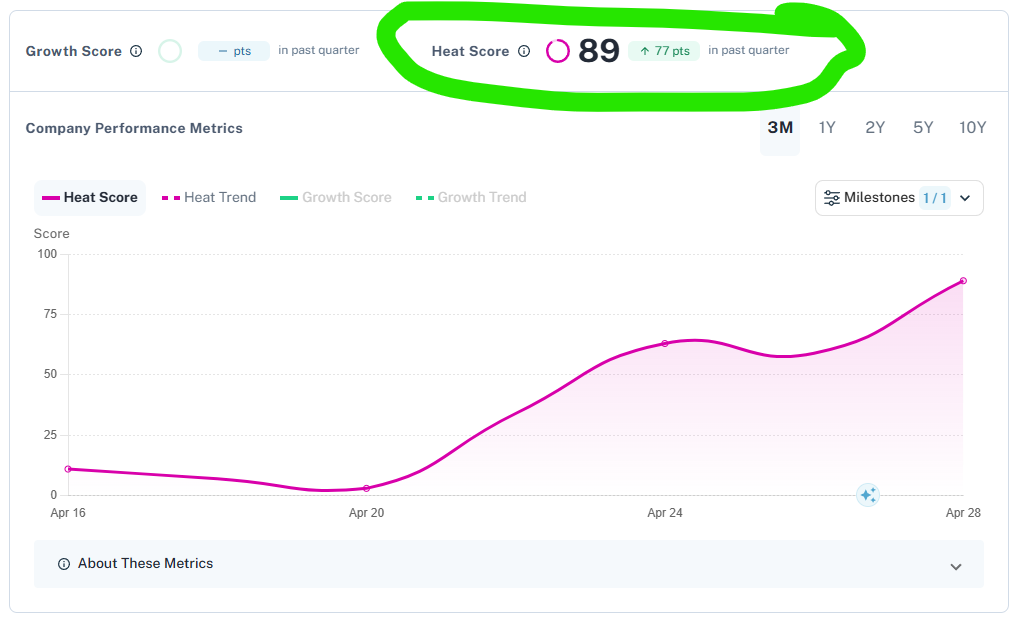In today’s digital landscape, email marketing remains one of the most effective tools for engaging with your audience and driving business results. But sending individual emails is time-consuming and doesn’t scale. That’s where email marketing automation comes in. This guide will walk you through the fundamentals of email automation, providing a step-by-step process to help you set up and optimize workflows that nurture leads and ultimately boost conversions.
What is Email Marketing Automation?
Email marketing automation is the process of using software to send targeted email messages to specific individuals automatically, based on predefined triggers and rules. Think of it as having a digital assistant that personalizes communication and delivers the right message at the right time. It’s about creating a personalized customer journey without constant manual intervention.
Why is Email Automation Important?
Email automation offers a multitude of benefits for businesses of all sizes:
- Improved Efficiency: Automate repetitive tasks, freeing up your marketing team to focus on strategic initiatives.
- Personalized Communication: Deliver tailored messages based on user behavior, demographics, and interests.
- Enhanced Lead Nurturing: Guide leads through the sales funnel with relevant content and timely offers.
- Increased Conversions: Drive sales by delivering targeted promotions and reminders.
- Better Customer Retention: Keep customers engaged with valuable content and personalized support.
Step-by-Step Guide to Setting Up Email Marketing Automation
Define Your Goals and Objectives
Before diving into the technical aspects, clearly define what you want to achieve with email automation. Are you aiming to generate more leads, increase sales, reduce churn, or improve customer satisfaction? Having specific, measurable, achievable, relevant, and time-bound (SMART) goals will guide your strategy.
Examples of SMART goals:
- Increase lead generation by 20% in the next quarter.
- Improve customer retention by 15% within six months.
- Boost sales from email marketing by 10% in the next month.
Choose the Right Email Marketing Platform
Selecting the right email marketing platform is crucial for successful automation. Consider factors such as:
- Features: Does it offer robust automation capabilities, segmentation options, and A/B testing?
- Integrations: Does it integrate seamlessly with your CRM, website, and other marketing tools?
- Pricing: Does it fit your budget and offer scalable options as your business grows?
- Ease of Use: Is the platform user-friendly and intuitive?
Popular email marketing platforms with automation features include Mailchimp, HubSpot, Klaviyo, ActiveCampaign, and GetResponse.
Segment Your Audience
Segmentation involves dividing your email list into smaller groups based on shared characteristics. This allows you to send highly targeted messages that resonate with each segment. Common segmentation criteria include:
- Demographics: Age, gender, location, income.
- Behavior: Website activity, purchase history, email engagement.
- Interests: Topics they’ve shown interest in, content they’ve downloaded.
- Lead Source: Where they signed up for your email list.
Map Out Your Customer Journey
Visualizing your customer journey helps you identify key touchpoints and opportunities for email automation. Consider the different stages of the customer lifecycle, from initial awareness to purchase and beyond.
For example, a typical customer journey might look like this:
- Awareness: Prospect visits your website and signs up for your email list.
- Interest: Prospect receives a welcome email and starts exploring your content.
- Consideration: Prospect downloads a case study or attends a webinar.
- Decision: Prospect requests a demo or trial.
- Action: Prospect makes a purchase.
- Retention: Customer receives onboarding emails and ongoing support.
- Advocacy: Customer becomes a loyal advocate and refers new customers.
Create Automated Email Workflows
Now it’s time to build your automated email workflows. These workflows consist of a series of emails that are triggered by specific actions or events.
Examples of automated email workflows:
- Welcome Series: Sends a series of emails to new subscribers, introducing your brand and providing valuable content.
- Lead Nurturing Series: Delivers targeted content based on lead behavior and interests, guiding them towards a purchase.
- Abandoned Cart Series: Reminds customers about items left in their shopping carts and encourages them to complete their purchase.
- Post-Purchase Series: Provides onboarding instructions, requests feedback, and promotes related products.
- Re-engagement Series: Targets inactive subscribers to re-engage them with your brand.
When creating your workflows, focus on providing value, personalizing the message, and including clear calls to action.
Test and Optimize Your Workflows
Email marketing automation is an ongoing process. It’s essential to regularly test and optimize your workflows to improve their performance. Key metrics to track include:
- Open Rates: Percentage of recipients who open your emails.
- Click-Through Rates (CTR): Percentage of recipients who click on a link in your emails.
- Conversion Rates: Percentage of recipients who complete a desired action, such as making a purchase.
- Unsubscribe Rates: Percentage of recipients who unsubscribe from your email list.
Use A/B testing to experiment with different subject lines, email content, and calls to action. Analyze your results and make adjustments to improve your workflows over time.
Best Practices for Email Marketing Automation
- Obtain Explicit Consent: Always get explicit consent before adding someone to your email list.
- Provide Value: Focus on providing valuable content that solves your audience’s problems and meets their needs.
- Personalize Your Messages: Use personalization tokens to address recipients by name and tailor content based on their interests.
- Keep it Concise: Get to the point quickly and avoid overwhelming recipients with too much information.
- Include a Clear Call to Action: Tell recipients what you want them to do next.
- Optimize for Mobile: Ensure your emails are mobile-friendly and easy to read on any device.
- Track Your Results: Monitor your key metrics and make adjustments as needed.
Conclusion
Email marketing automation is a powerful tool for nurturing leads, driving conversions, and building stronger customer relationships. By following this step-by-step guide, you can set up and optimize email automation workflows that deliver targeted messages at the right time, resulting in improved marketing ROI. Remember to focus on providing value, personalizing your messages, and continuously testing and optimizing your workflows for optimal performance. Start implementing these strategies today and unlock the full potential of email marketing automation for your business.




Leave a Reply